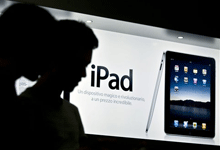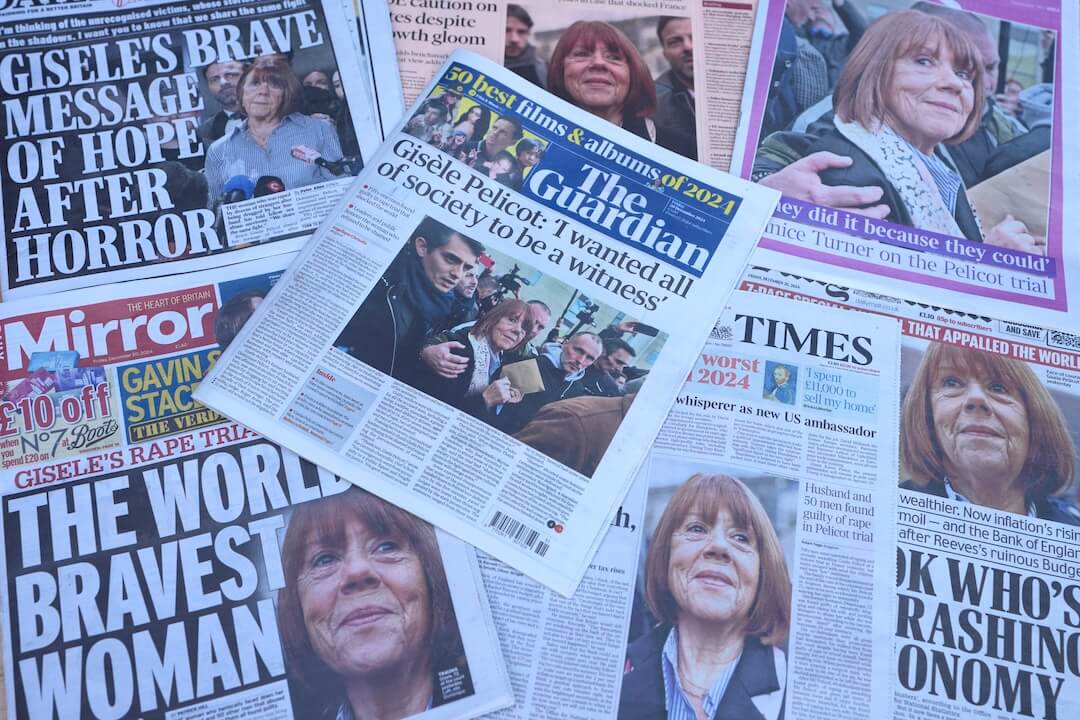The iPad was announced in January of this year, and it has yet to save journalism. So much for that New Year’s resolution.
True, Apple’s tablet did make 2010 “the year of mobile,” or more accurately, the year newsrooms finally started to take mobile seriously. Media companies are still finding their footing, and the scattered approaches — ranging from PDF replica edition apps to yard sale guides — are evidence of that.
But, from Rupert Murdoch’s plans for the iPad Daily, to The Wall Street Journal posting breaking news on Foursquare, mobile has arrived.
And yet we still do not have many great apps from media companies. I download at least a dozen apps each week, typically for a day or two of road testing. A few stand out, but few, so far, have found a permanent home on my iPhone and iPad.
On this point I agree with Mathew Ingram, who argues that The New York Times, Wired and the New Yorker iPad apps leave something to be desired. He highlights those three on his “not so good” list for 2010. However, the same can be said of many media apps. Most are solid efforts, but lack what Mario Garcia calls “pop up” features that engage and excite the reader.
Ingram lauds Boston.com’s The Big Picture, the Huffington Post’s new app and Gourmet Live. All three are among a select group of apps that feel tablet-native and offer content or functionality not available via print and online platforms.
Of course, rating apps is a subjective process and Josh Jackson at Paste Magazine also weighs in on the Wired app, placing it in his top 10 list for the year, writing:
“The best magazine app so far weighs in at 368mb for the latest issue, but Wired uses all that space well with plenty of fun extras.”
But, even allowing for those subjective preferences, a few lessons resonate for me in the apps I have found myself using on a regular basis this year.
Topping that list by far are NPR and ESPN, which rank as my most used apps of 2010. I open each several times a day, and for completely different reasons.
The NPR app is well designed, but since it added multitasking I actually spend less time in the app, and more time reading e-mail while listening to an audio stream of my local affiliate. From a brand engagement perspective that is a winning strategy.
Likewise, the ESPN app is full of content, including stories and video, but it is also a great place to check game times and scores. The ability to customize your favorite leagues and teams within the app make it an extremely efficient information utility. I check into this app throughout the day, but typically only for a few minutes at a time.
Also on my iPad home screen: the new apps from CNN and the Huffington Post. Each reflects a trend toward tablet-native grid design and I find myself browsing through them daily simply because the interface is so pleasing. But, while the UI is great, I have yet to decide if the actual content of either app holds my long-term interest.
Another tablet-native example is the top mobile app of 2010, as chosen by Apple, the social aggregator Flipboard. A mashup of Twitter, Facebook and RSS feeds, the company recently began partnering with media outlets to feature traditional editorial content within the framework of the social news app.
There are dozens of RSS-like readers in the iTunes store, but Flipboard made a splash because of its usability. The app feels like it was designed for a tablet, and it takes advantage of the touch interface to create an immersive reading experience.
And that is the first lesson of 2010 for media companies: Content and design are highly interdependent, just as they are on the Web. But, as tablet user interface standards are still being created, inventing a novel and effective experience can dramatically increase engagement with your brand. Of course the opposite is also true.
Flipboard also highlights one of the fascinating aspects of digital — and especially mobile — content development: quick iterations. Flipboard has undergone several major upgrades since launching in July, and each one has made the app more useful for me as a news consumer.
That is another lesson more media companies need to adopt. Because, while there were a lot of “interesting” traditional media apps released this year, none were perfect — and some were far less so.
Innovation requires “good enough” solutions, but it also requires a constant effort to keep improving. While independent app developers often release updates monthly, if not weekly, many media apps appear to run on a quarterly or semi-annual development schedule. For mobile consumers used to Angry Birds releasing new levels every day of December, there is no such thing as “too often” for an update.
And keep in mind, minor bug fixes don’t count as “updates” to consumers who expect new, useful and time-saving features to be added regularly.
Many of my other favorite media-related apps this year could also be classified as aggregators. I use RSS reader FeedlerPro constantly, SlingPlayer daily and Netflix at least once a week. And, all three apps are keepers because of their integration across iPad, iPhone and desktop PC platforms.
And that is the third lesson for media companies in 2010 — consumers may be willing to pay for your content, but they want to be able to read or watch it anywhere.
As I noted on Wednesday, despite the explosive rate of growth for the iPad, sales of many magazine apps are actually flat or declining. As Lauren Indvik notes at Mashable, contributing factors include download size and a lack of innovation, but those obstacles can be overcome if the price is right, and the transaction is frictionless.
However, forcing readers to pay once for your print edition, again for your website and a third time for a mobile app is the opposite of frictionless.
Unfortunately, the current app business models are dictated more by Apple policy than publisher intent. It looks like that may be resolved soon.
But, free or paid, a question remains: what apps are readers actually using? Downloads are one metric, paid subscriptions are another, but reader engagement and loyalty are two important measurements we haven’t heard much about so far.
Moving into 2011 I hope we can start to focus on how, where and when people want to access our news and information.
In the meantime I am making it my New Year’s resolution to figure out what we will all be talking about next December. If you have any ideas or suggestions, leave a comment below. Happy New Year.
See also: The top Mobile Media posts of 2010







Comments